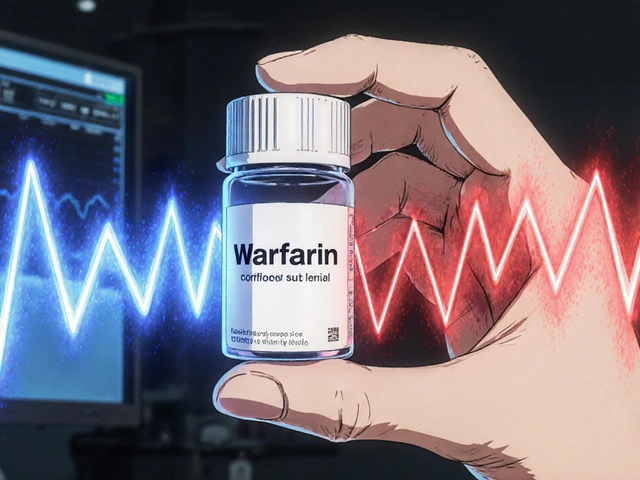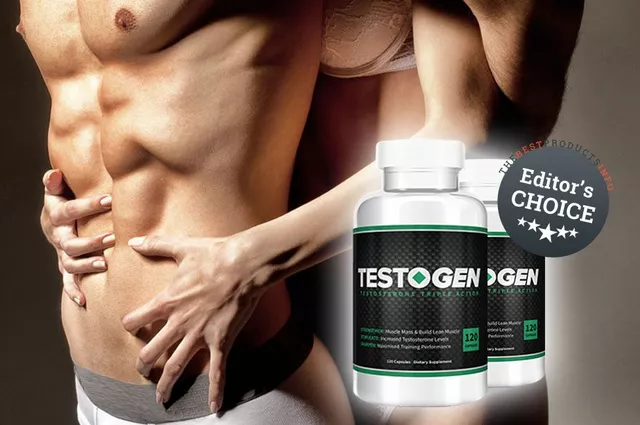Medication Switching: How Changing Psychiatric Drugs Affects Your Mind
December 25 2025Seborrheic Dermatitis: What It Is and How to Calm It
Ever notice flaky, oily patches on your scalp or eyebrows that just won’t go away? That’s often seborrheic dermatitis. It’s a common skin condition that loves the oil‑rich areas of your body – think scalp, face, chest, and even behind the ears. While it isn’t dangerous, the redness and itching can be annoying enough to affect daily life.
What Triggers Seborrheic Dermatitis?
The exact cause is still a bit fuzzy, but three things show up over and over: an overgrowth of a yeast called Malassezia, excess oil production, and a genetic tendency to react strongly to that yeast. Stress, cold weather, hormonal swings, and certain medications can push the flare‑ups higher. If you’ve got a history of psoriasis or Parkinson’s disease, you might see it more often too.
Practical Ways to Keep It Under Control
The good news is that most people can tame the symptoms with simple home care and over‑the‑counter products. Start by using a gentle anti‑dandruff shampoo containing zinc pyrithione, selenium sulfide, or ketoconazole at least twice a week. Let the shampoo sit for a few minutes before rinsing – that gives the active ingredient time to work on the yeast.
Don’t forget your skin beyond the scalp. A mild cleanser with the same antifungal ingredients can be applied to eyebrows, sides of the nose, and chest. After washing, pat the area dry; rubbing can irritate the skin further. If dryness becomes a problem, follow up with a light, non‑comedogenic moisturizer that won’t feed the yeast.
When flare‑ups are stubborn, short courses of topical steroids or prescription antifungal creams can help reset things. Use them only as directed by a doctor – long‑term steroid use can thin skin and cause other issues.
Lifestyle tweaks also play a role. Keep stress in check with activities you enjoy, maintain a balanced diet, and avoid excessive alcohol, which can worsen oil production. If you live in a dry climate, a humidifier may reduce the itching by keeping skin from drying out too much.
Finally, track your triggers. A simple diary noting when flare‑ups happen, what you ate, how stressed you felt, and any new products you tried can reveal patterns. Once you know the culprits, you can avoid or adjust them and keep seborrheic dermatitis from taking over your day.
 27 May
27 May
The Pros and Cons of Using Desonide for Seborrheic Dermatitis
As a blogger, I've been researching the pros and cons of using Desonide for Seborrheic Dermatitis. On the positive side, Desonide is an effective topical corticosteroid that can help reduce inflammation and itching, providing relief to those suffering from this skin condition. However, there are some downsides to using Desonide, such as potential side effects like skin thinning and irritation. Additionally, it may not be suitable for long-term use, as it can cause the skin to become dependent on the medication. In conclusion, Desonide can provide relief for Seborrheic Dermatitis, but it's crucial to weigh the benefits against the potential risks and consult with a healthcare professional before use.
Read More...




